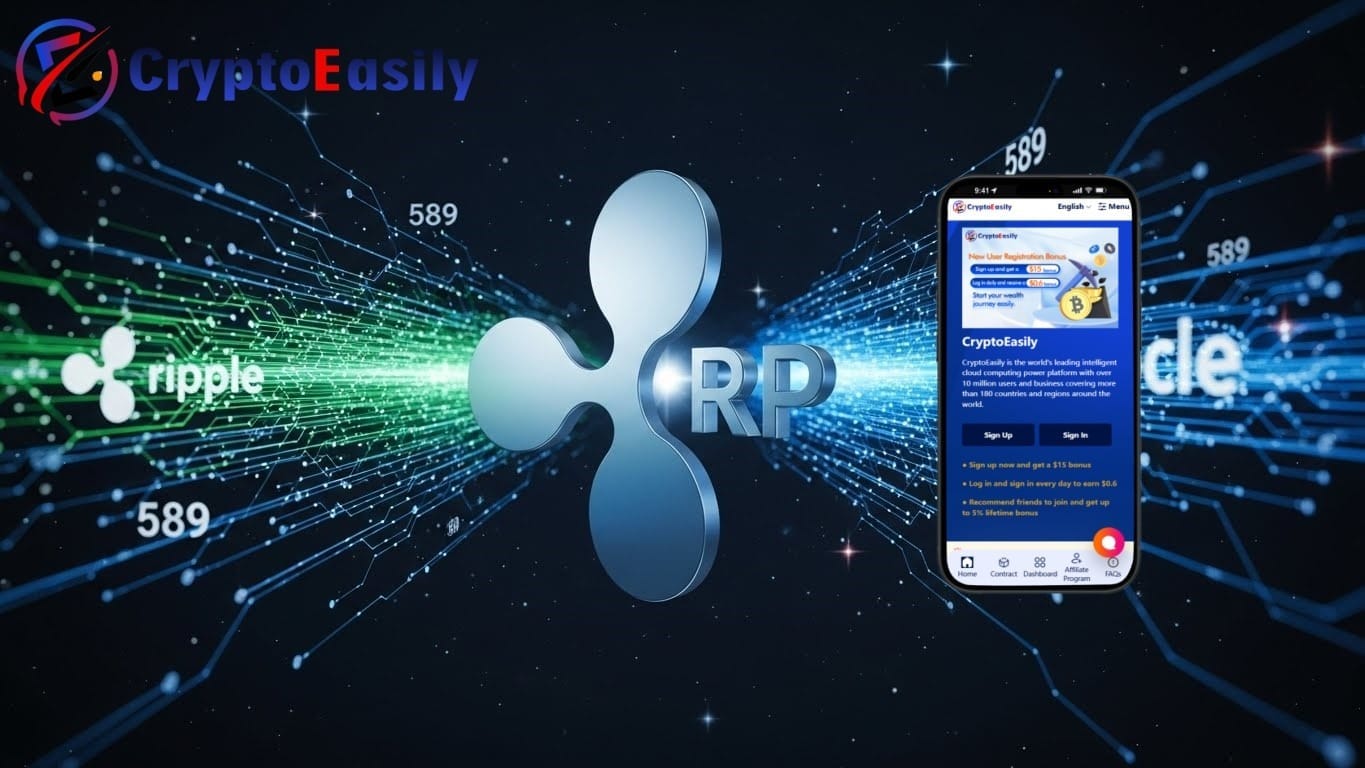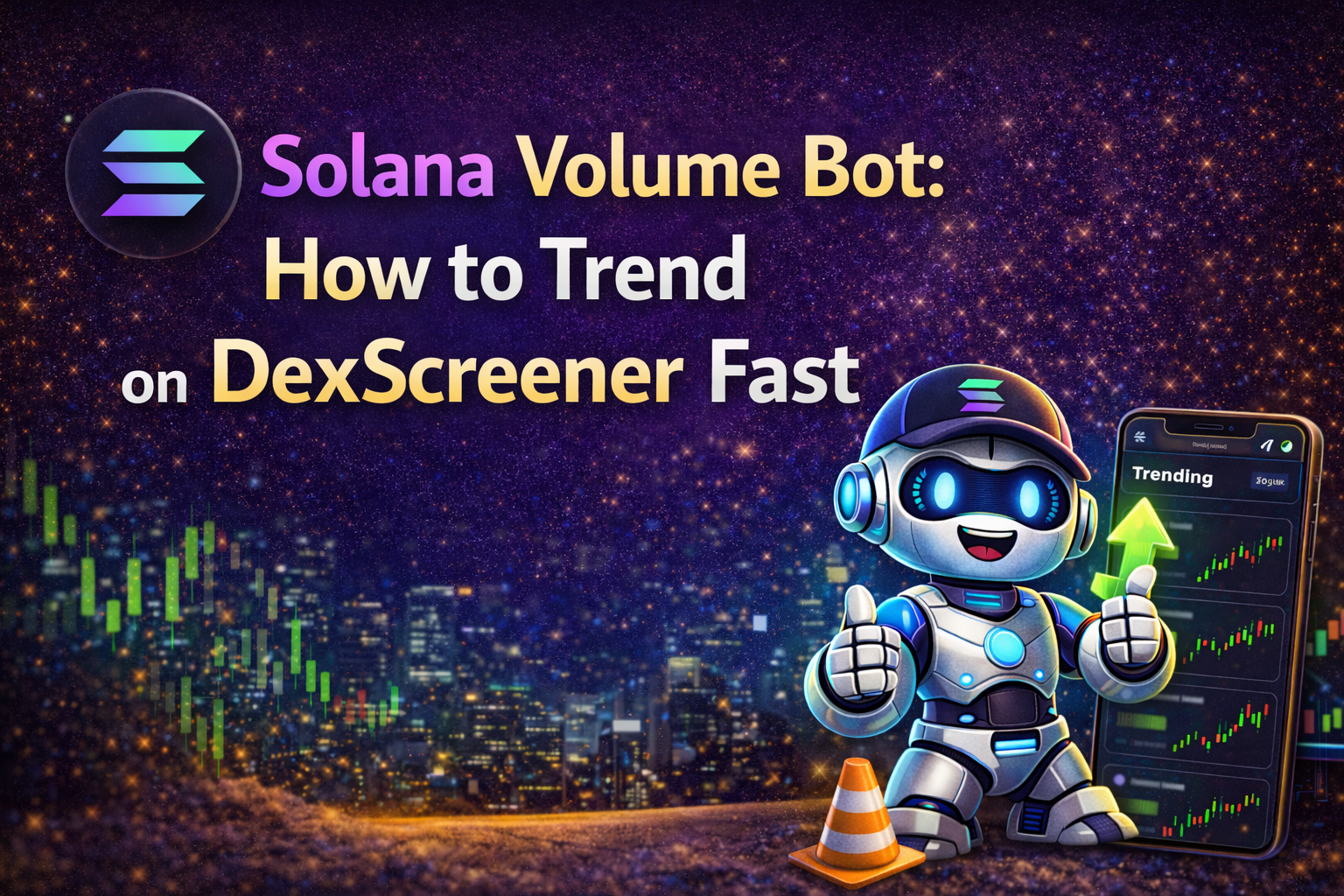Table of Contents
Cryptocurrency has taken the world by storm, with Bitcoin leading the charge. But what underpins these digital currencies? The answer lies in a revolutionary technology called blockchain. This article dives deep into the blockchain world, demystifying its core concepts and exploring its potential beyond cryptocurrencies.
What is Blockchain?
Imagine a public ledger that's not controlled by a single entity like a bank, but rather maintained by a vast network of computers around the globe. This distributed ledger, constantly growing and tamper-proof is the essence of blockchain technology.
Here's a breakdown of its key characteristics:
- Distributed: Data isn't stored on a single server; instead, it's replicated across a network of computers (nodes). This makes the system decentralized, with no single point of failure.
- Immutable: Once a record is added to the blockchain, it cannot be altered or deleted. This ensures the integrity and auditability of data.
- Transparent: Anyone can view the history of transactions on a public blockchain. This transparency fosters trust and reduces the need for intermediaries.
- Secure: Cryptography plays a vital role in securing blockchain transactions. Complex algorithms verify and encrypt data, making it highly resistant to tampering.
How Does Blockchain Work?
Let's use an analogy to understand how blockchain functions. Imagine a Google Doc shared with multiple people. Any changes made to the document are reflected in real-time for everyone with access. Similarly, a blockchain network operates on a consensus mechanism, where all participants (nodes) agree on the validity of a transaction before it's added to the permanent record (block).
Here's a step-by-step breakdown of a typical blockchain transaction:
- Initiation: A user initiates a transaction, such as sending cryptocurrency to another user.
- Broadcasting: The transaction details are broadcasted to the entire network.
- Validation: Miners, which are specialized nodes on the network, verify the transaction's legitimacy using cryptography.
- Consensus: Miners come to a consensus on the validity of the transaction through a pre-defined mechanism (e.g., Proof-of-Work in Bitcoin).
- Adding the Block: If the transaction is valid, it's added to a new block along with other validated transactions.
- Chaining the Blocks: The new block is cryptographically linked to the previous block, forming a chronological chain - the blockchain.
This process ensures a transparent and secure record of all transactions on the network.
Beyond Cryptocurrencies: The Potential of Blockchain
While cryptocurrency brought blockchain to the forefront, the technology's potential extends far beyond digital money and games like online slot gacor hari ini. Here are a few exciting applications:
- Supply Chain Management: Blockchain can track the movement of goods from production to consumption, providing real-time visibility and ensuring authenticity. Imagine tracking a diamond from the mine to the jewelry store, eliminating the possibility of counterfeits.
- Voting Systems: Blockchain-based voting systems can enhance security and transparency, minimizing the risk of fraud and manipulation. Voters can cast their ballots securely, and the results can be verified independently, reducing the potential for disputes.
- Identity Management: Secure and tamper-proof storage of personal data on a blockchain can revolutionize identity management. Individuals can control access to their data and share it easily with authorized providers, streamlining processes and reducing the risk of identity theft.
These are just a few examples, and the possibilities are endless. As blockchain technology continues to evolve, we can expect it to reshape various industries like online gaming like slot and redefine how we interact with data. Imagine a world where secure and transparent transactions are the norm, where data is owned by individuals, and trust is built through cryptographic verification. Blockchain has the potential to make this a reality.
Challenges and Considerations for Blockchain
Despite its immense potential, blockchain technology faces some challenges:
- Scalability: Existing blockchain networks can struggle to handle large volumes of transactions, which can limit their adoption in certain applications. Imagine a global payment system; the current transaction processing speed of some blockchains might not be sufficient.
- Energy Consumption: Some consensus mechanisms, like Proof-of-Work, require significant computing power, leading to high energy consumption. As environmental concerns rise, finding more sustainable solutions is crucial.
Challenges and Considerations for Blockchain (Continued)
- Security Vulnerabilities: While blockchain itself is highly secure, vulnerabilities can exist at the application layer or through integration with external systems. Smart contracts, which are self-executing contracts on the blockchain, can have bugs or exploits if not coded properly. Continuous security audits and best practices are essential to mitigate these risks.
- Interoperability: Different blockchain networks can have varying protocols and standards, hindering communication and data exchange between them. Interoperability solutions are being developed to bridge these gaps and create a more interconnected ecosystem.
The Future of Blockchain
The future of blockchain is bright, with continuous advancements and innovation shaping its trajectory. Here are some exciting possibilities on the horizon:
- Hybrid Blockchain Solutions: Combining public and private blockchains can leverage the benefits of both worlds. Public blockchains offer transparency and security, while private blockchains provide greater control and privacy for specific use cases.
- Decentralized Finance (DeFi): DeFi aims to create a more open and accessible financial system by leveraging blockchain technology. This can include peer-to-peer lending, borrowing, and trading without the need for traditional financial intermediaries.
- Tokenization of Assets: Real-world assets, such as stocks, bonds, and even physical objects, can be represented on a blockchain through tokens. This can improve fractional ownership, facilitate secure and transparent transactions, and unlock new investment opportunities.
As blockchain technology matures, it has the potential to disrupt and transform numerous industries such as digital gaming like online texas88. It's important to stay informed about the ongoing developments and explore how blockchain can be leveraged to solve real-world problems and create a more secure, transparent, and efficient future.
Conclusion
In conclusion, blockchain technology is a revolutionary force with the potential to reshape various aspects of our lives. While challenges remain, ongoing advancements and a collaborative approach pave the way for a future built on trust, transparency, and secure data exchange. Whether you're a curious learner or a potential developer, the world of blockchain offers a wealth of opportunities to explore and contribute to this evolving technological landscape.








